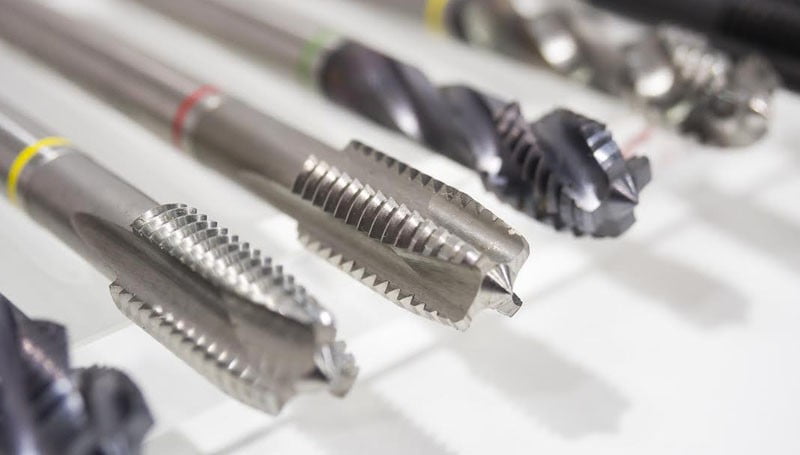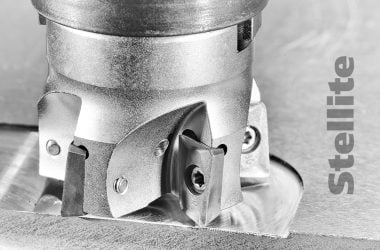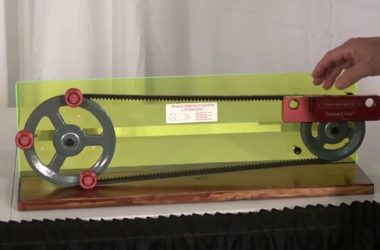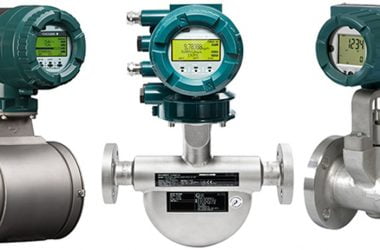There is a difference between these two processes, and knowing the difference can help you decide which process can achieve the best thread for your part. In this article, we will define thread milling and tapping and look at what distinguishes them.
What is Thread Milling?
Milling is a process of cutting external or internal thread around a tool. This process can achieve various sizes of threads.
Unlike tapping, milling involves the use of a CNC machine tool to rotate the workpiece in a spiral. In other words, the process is computer controlled, which makes it easy to manufacture threads as small as 3.175 mm and three inches deep. This process is used to create threads in stainless steel, titanium, and hard plastic.
What is Thread Tapping?
Thread tapping is the process of using a device called a tap to create threads on the internal side of a workpiece. The tap works like a typical drill.
Usually, the cutting edge of the tapping device is the desired thread for the workpiece. There is also a concave part that collects the waste produced during cutting called a groove.
Thread tapping is not a new technology. This process has been used for years, either by hand or with electrical tools. Usually, manufacturers use this process for high-speed machining of steel and aluminum. Tapping can create threads of up to 20 times of tap`s diameter.
What is the difference between Thread Milling and Tapping?
The primary difference between milling and tapping is that tapping is used to cut a certain thread. This means you need different taps to achieve specific threads.
Meanwhile, threads from millings are determined by the controlled rotation of the workpiece. Other differences include:
Cost and Time
Tapping is best if you want to create threads in a small hole. But you can use the process to thread in larger holes. This means using several taps of different sizes.
It also means that you need more time to complete the process because you have to replace taps at different stages depending on the hole size. On the other hand, thread milling can create external and internal threads, even on large holes. The process is cheaper and faster as it does not require replacing taps to get desired results.
If you do not need to replace taps, tapping is faster than milling. It can thread deeper holes in hard materials such as steel in a fraction of the time milling would.
Quality
The quality of threads created through milling is likely higher. This is because a CNC machine controls the thread-cutting process to get precise and accurate results.
Tapping requires high rotating force to get threads. This might compromise the polish and the tolerance of the final product.
Thread Fit
You need a manufacturer-specific tap to produce the desired threads. This means that tapping is expensive as it can only produce designed threads.
Meanwhile, you can adjust the thread size and pitch using a CNC machining tool program. The adaptability of milling makes it a better choice for producing smooth surfaces and precise workpieces.
Get Quality Cutting Tools from Us
If speed is your determining factor, tapping is the way to go. But if you are looking for flexibility, milling is better. You might need both of these processes to get your desired results.
At Suncoast Precision Tools, we provide quality cutting tools for your milling or tapping processes. Contact us at 727-546-4655 to order or to learn more about our products.
Reference:
https://www.datron.com/resources/blog/thread-milling-vs-tapping/





















